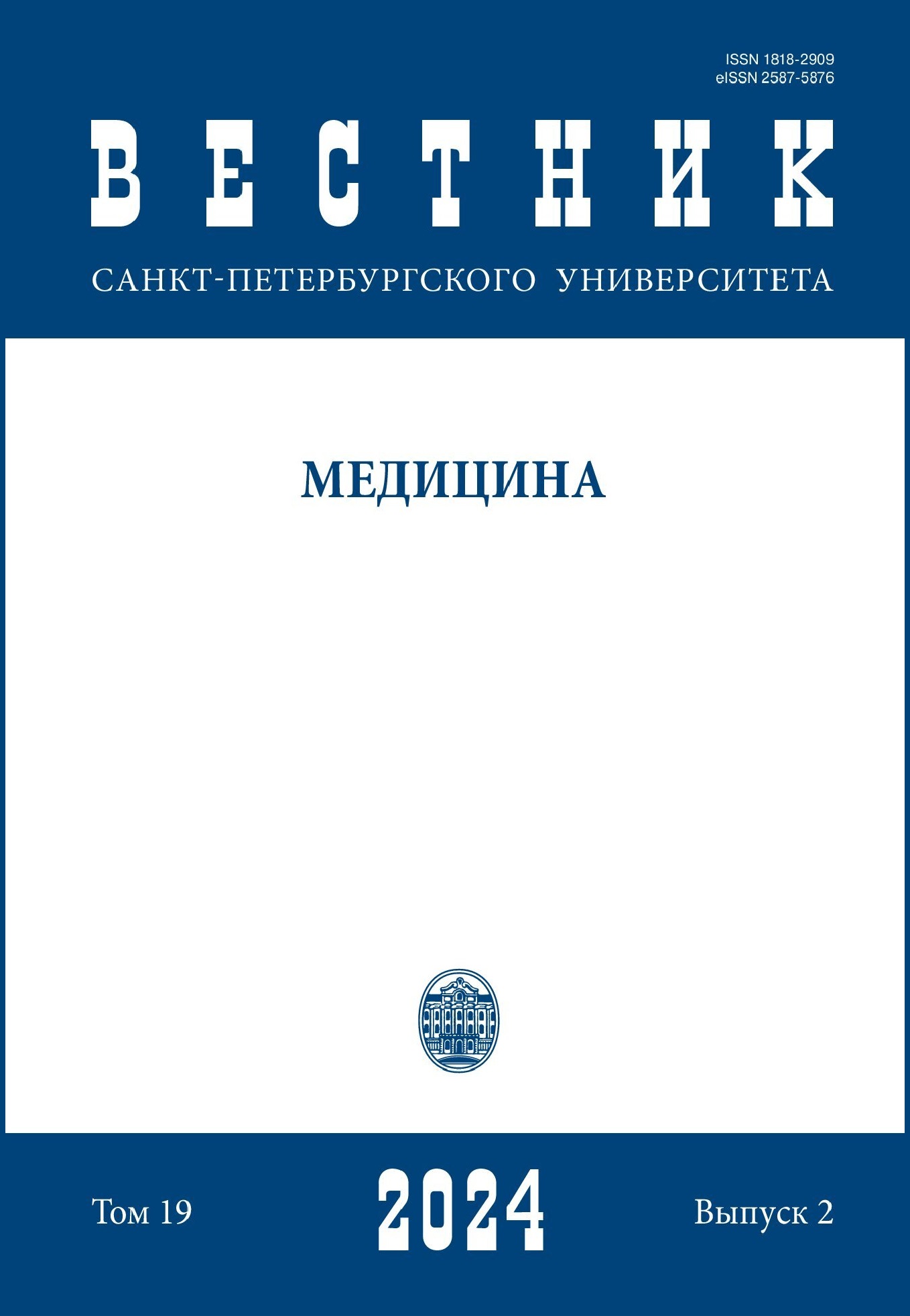Melatonin levels and fetal growth restriction: Clinical insights and analytical approaches
DOI:
https://doi.org/10.21638/spbu11.2024.203Abstract
Fetal growth restriction is a prevalent complication of pregnancy. Fetal growth restriction entails the pathological restriction of fetal growth, leading to heightened perinatal risks. Placental histopathology in fetal growth restriction typically involves incomplete invasion and transformation of spiral arteries, as well as impaired uteroplacental blood flow. Often, fetal growth restriction is comorbid with preeclampsia. Several theories propose the beneficial
role of melatonin in reducing fetal growth restriction and preeclampsia. Studies suggest that melatonin may enhance neoangiogenesis and oxygenation, crucial processes in pregnancy. Melatonin’s expression throughout pregnancy in the human placenta underscores its importance
in placental function and pregnancy outcomes. This research aims to study clinical and anamnestic data in women with fetal growth restriction compared to a control group and analyze urinary melatonin levels in both groups. The study, conducted between 2018 and 2021, included 66 pregnant women (34 with fetal growth restriction, 32 controls). Enzyme immunoassay of urine revealed significantly lower melatonin levels in the fetal growth restriction group compared to controls. In conclusion, fetal growth restriction remains a significant challenge, warranting new therapeutic approaches. Lower urinary melatonin levels in fetal growth
restriction patients suggest its potential role in disease pathogenesis. Further research into
melatonin’s mechanisms and therapeutic applications is essential for preventing or mitigating
fetal growth restriction’s clinical manifestations.
Keywords:
pregnancy, fetal growth restriction, preeclampsia, melatonin, enzyme immunoassay
Downloads
References
References
Downloads
Published
How to Cite
Issue
Section
License
Articles of "Vestnik of Saint Petersburg University. Medicine" are open access distributed under the terms of the License Agreement with Saint Petersburg State University, which permits to the authors unrestricted distribution and self-archiving free of charge.




